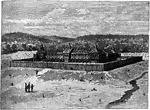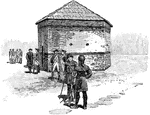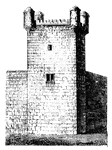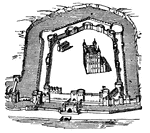Clipart tagged: ‘fortification’
Abatis
"Abatis consisting of trees lying parallel to each other with the branches pointing in the general direction…
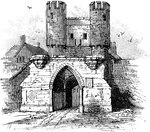
Barbican of Walmgate Bar
"Gate-tower or Barbican, Walmgate Bar, York, England. In medieval fortification, a tower built beside…
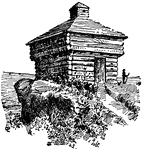
Blockhouse
Blockhouses, built of heavy logs with the second story overhanging the first, were created for defense…
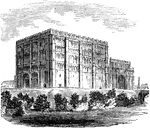
Norwich Castle
The Norwich Castle was built in 1067 by the order of William the Conquerer, who was King of England…

Constantinople
An illustration of the fortification around Constantinople and soldiers firing cannons.

Evacuation of Corinth
Evacuation of Corinth, Mississippi- Confederate fortifications, from the northern angle, looking south-…

Crown-Work
"Crown-work, in Fortification, is formed to strengthen a weak front, or to occupy ground which might…

Curtain
"Curtain, in Fortification, is the portion of rampart or wall between two bastions or two gates. In…

Fascine
"A bundle of rods or small sticks of wood bound at both ends and in the middle, used in fortification,…

Fort York
The fort was built by the British Army and Canadian militia troops in the late eighteenth and early…

Fortification
A fortified building situated between two sharp hills at the edge of a lake. Two men are launching a…

Section of Fortified Wall
"Section of Fortified Wall. (Interior on the left; exterior on the right.) a, a, is the abatis; b, b,…
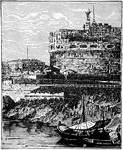
Hadrian's Castle, Rome
Also known as the Castle of St. Angelo. A castle is a defensive structure seen as one of the main symbols…

Hadrian's Wall
Hadrian's Wall is a stone and turf fortification built by the Roman Empire across the width of what…

Old Fort Frederick at Pemmaquid
During Dummer's War, the location was a rendezvous for returned inhabitants of Pemaquid and vicinity.…

Fort Pulaski
Fort Pulaski, on Cockspur Island at the entrance to the Savannah River, Georgia, was built by the United…

Procession to the Tower of London
Her Majesty's Royal Palace and Fortress, more commonly known as the Tower of London (and historically…

Traitor's Gate, Tower of London
The name Traitors' Gate has been used since the early seventeenth century, prisoners were brought by…
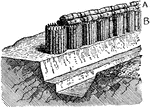
Trench with Fascines and Gabions
"Part of Trench, with A, Fascines, and B, Gabions: in fortification, a large basket of wickerwork constructed…

Remains of the Western Battery in 1860
The Western Battery was built by the British Army. With ample supply of trees from the surrounding area…
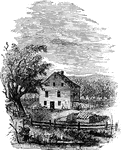
Site of Wintermoot's Fort
The Battle of Wyoming was an encounter during the American Revolutionary War between American Patriots…
British Works at Yorktown
The Siege of Yorktown or Battle of Yorktown in 1781 was a decisive victory by a combined assault of…

